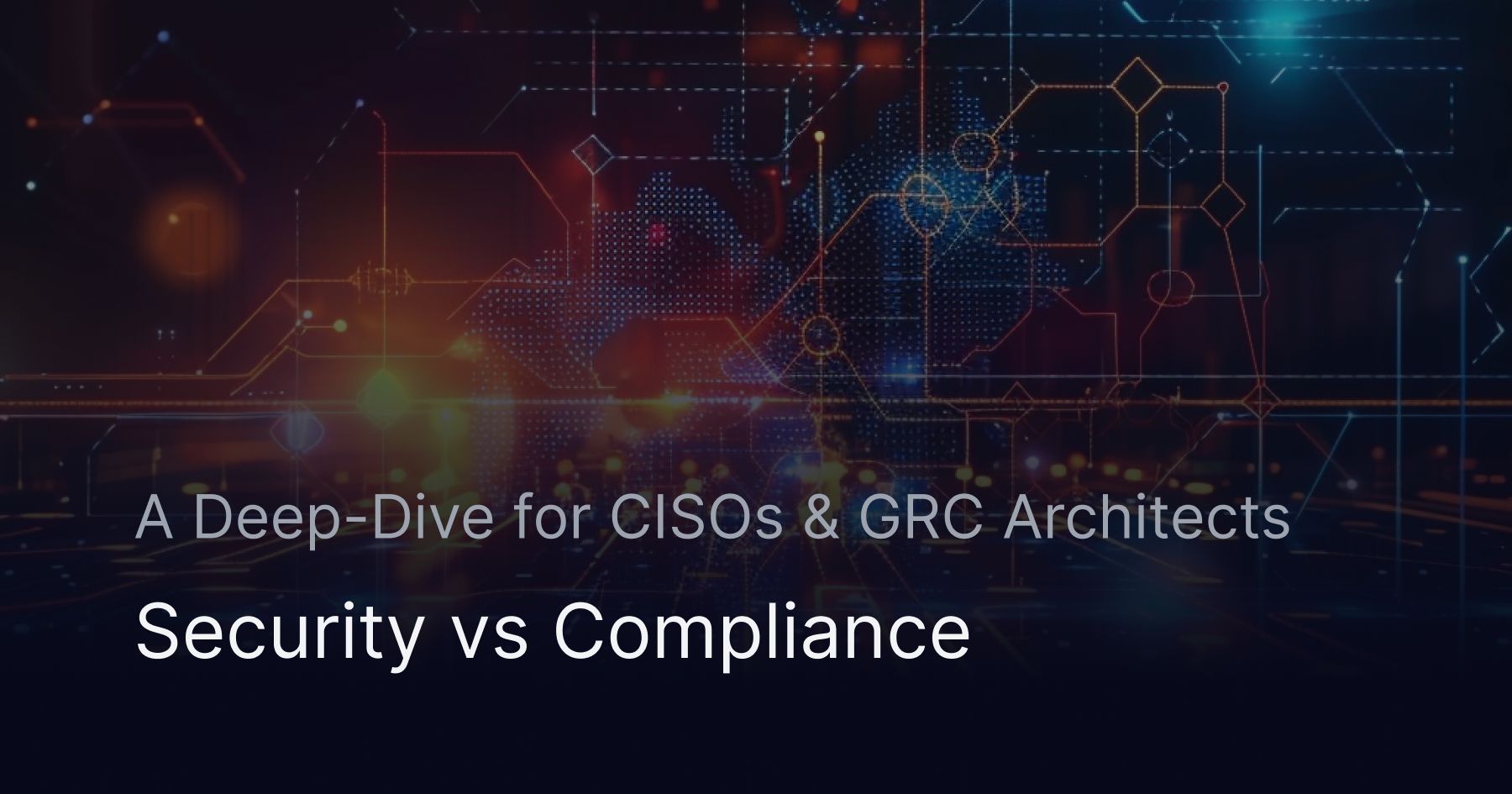Security vs Compliance: A Deep-Dive for CISOs & GRC Architects

🧬 Security vs Compliance: A Deep-Dive for CISOs & GRC Architects
TL;DR — Security is the scientific discipline of mitigating risk through technical, administrative, and physical safeguards, whereas compliance is the formal attestation that those safeguards satisfy codified standards. Optimal cyber-resilience demands an integrated operating model that unifies both.
Learn more about access security. Contact us at info@adaptive.live
1. The Ontology of Cybersecurity
Security is an emergent property of a socio-technical system, predicated on:
- Confidentiality, Integrity, Availability (CIA Triad)
- Non-repudiation & Authenticity via cryptographic primitives (e.g., SHA-3, EdDSA)
- Defense-in-Depth layering: perimeter, network, host, application, data
- Adaptive Threat Modeling aligned to MITRE ATT&CK and D3FEND matrices
- Risk Quantification with FAIR or ISO/IEC 27005 probabilistic models
Compliance, conversely, is prescriptive. It maps system controls to external regulatory taxonomies—HIPAA, PCI DSS 4.0, GDPR, SOC 2 Type II, FedRAMP Moderate—transforming abstract risk mitigations into auditable control objectives.
2. Why “Checkbox Security” Fails
- Lagging Indicators — Audit artifacts are ex post facto; adversarial TTPs evolve faster than annual assessments.
- Control Equifinality — Passing a requirement (e.g., disk encryption) doesn’t equate to robust key-management hygiene.
- Scope Creep & Shadow IT — Systems outside the ATO (Authority to Operate) perimeter undermine the compliance evidence chain.
Takeaway
You can be 100 % compliant yet remain breachable. True cyber-maturity demands continuous security telemetry coupled with continuous control attestation.
3. Bridging the Chasm: Converged GRC & SecOps
| Dimension | Security Engineering Lens | Compliance / GRC Lens |
|---|---|---|
| Objective | Minimize Expected Loss (ALE) | Satisfy Mandated Controls & Reporting |
| Frameworks | NIST CSF, NIST SP 800-53r5, ISO 27002 2022 | SOC 2 (CCF), PCI DSS 4.0, CSA STAR |
| Measurement | Mean Time to Detect/Respond (MTTD/MTTR), CVSS, DREAD | Control Maturity Scores, Audit Findings, CAPAs |
| Tooling | XDR, SIEM/SOAR, CSPM, eBPF telemetry | GRC suites, Policy Automation, Evidence Collectors |
| Feedback Loop | Continuous Monitoring → Purple-Team → Threat Intel Fusion | Continuous Controls Monitoring (CCM) |
4. Architecting an Integrated Operating Model
4.1 Control Taxonomy Mapping
Leverage a Control Crosswalk Matrix—automatically align NIST 800-53r5 families to SOC 2 Trust Services Criteria and PCI DSS requirements. This reduces duplication and generates reusable “single source of truth” evidence.
4.2 Zero-Trust Network Architecture (ZTNA)
Implement identity-centric segmentation:
- Verify Explicitly (OAUTH2/OIDC, WebAuthn)
- Enforce Least Privilege via ABAC/RBAC with JIT elevation
- Assume Breach—micro-segmentation & east-west traffic inspection
4.3 Continuous Compliance Posture Management (CCPM)
Deploy agents or agentless APIs that ingest configuration-state, IAM policies, and runtime activity. Pipe results to:
- Graph Databases for control lineage
- Policy-as-Code engines (Open Policy Agent, HashiCorp Sentinel)
- Automated Evidence Bundles (e.g., OSCAL, Audit-Ready Reports)
5. Automation & Machine Learning for Audit Resilience
| Automation Layer | Example Tooling | KPI Improvement |
|---|---|---|
| Data Plane | eBPF probes, Falco, Zeek | <10 s anomaly detection latency |
| Control Plane | Terraform + OPA policies | 90 % reduction in misconfig drift |
| GRC Plane | API-first audit platforms (Drata, Secureframe) | 70 % faster audit cycles |
Advanced anomaly-detection models (e.g., sequence-to-sequence Autoencoders) can flag control regressions before an assessor does, ensuring sustained compliance.
6. Strategic Roadmap
- Baseline Maturity with a CMMI-style self-assessment.
- Prioritize High-Impact Controls (NIST CSF Tier 1—Identify & Protect).
- Automate Evidence Collection at the point of control execution.
- Adopt DevSecOps Pipelines—shift-left security linting and compliance checks.
- Iterate with PDCA Loop (Plan-Do-Check-Act), integrating red-team outputs.
7. Executive Takeaway
- Security = scientific risk reduction.
- Compliance = legally recognized proof of that reduction.
- Convergence through automation, ZTNA, and CCM positions your organization for lower breach probability, faster audit throughput, and stronger customer trust.
Action Item: Initiate a control-crosswalk workshop: map your top 20 technical safeguards to every mandated compliance clause and plug gaps with automated telemetry.
Further Reading
- NIST SP 800-207 — Zero Trust Architecture
- ISO/IEC 27005:2022 — Information Security Risk Management
- PCI DSS v4.0 — Summary of Changes
 SOC2 Type II
SOC2 Type II

